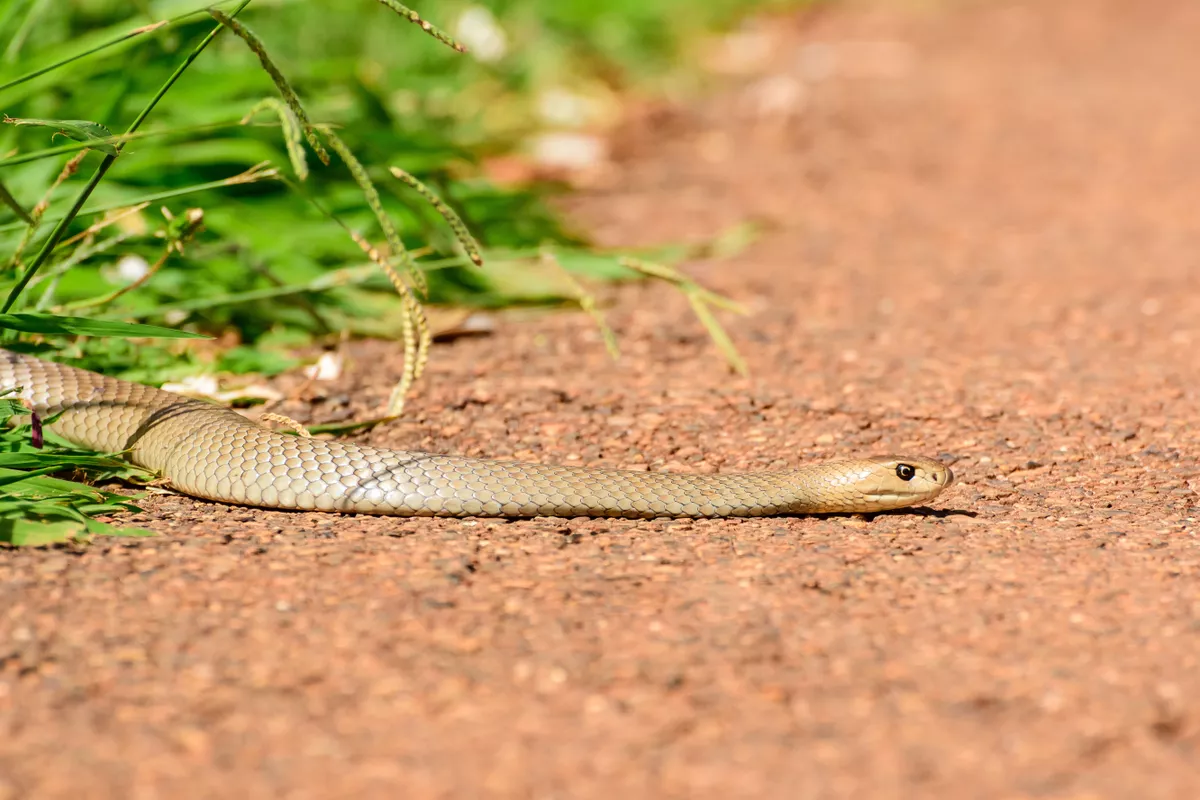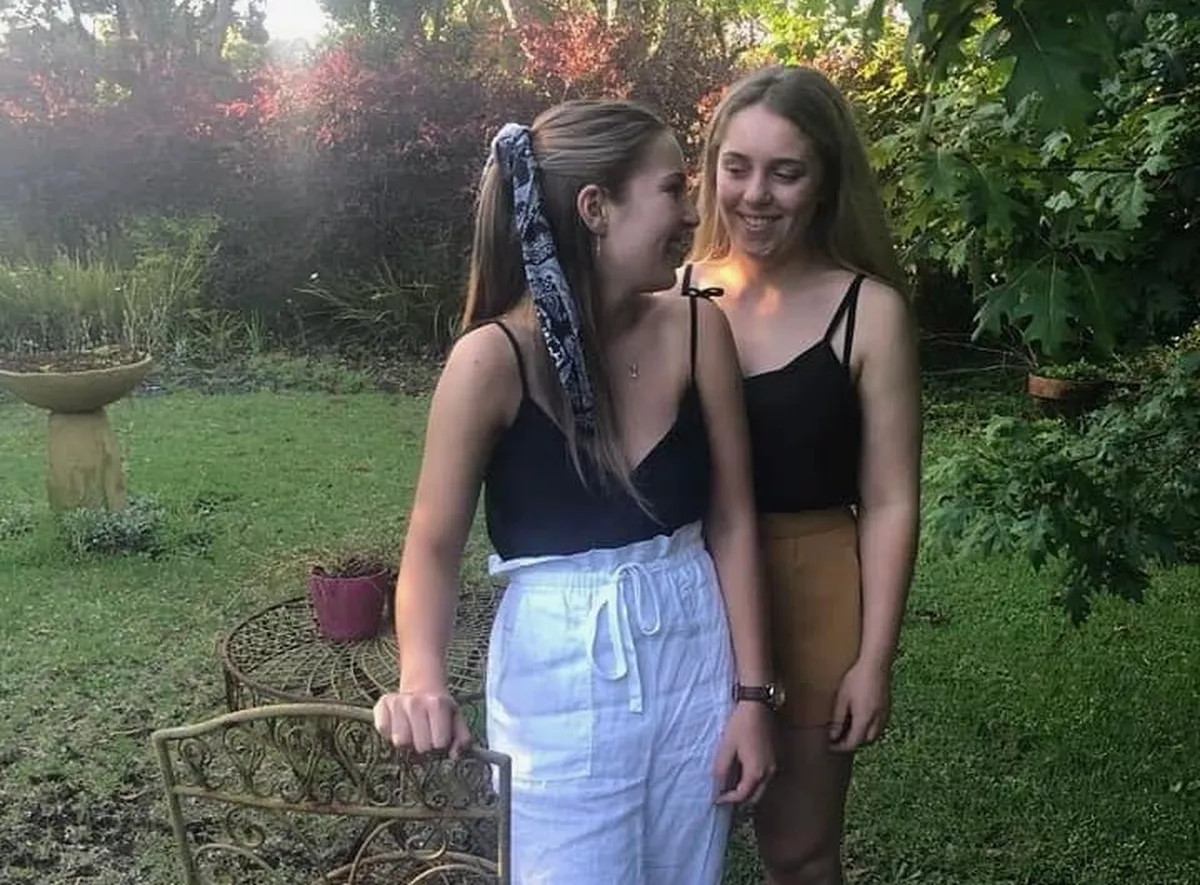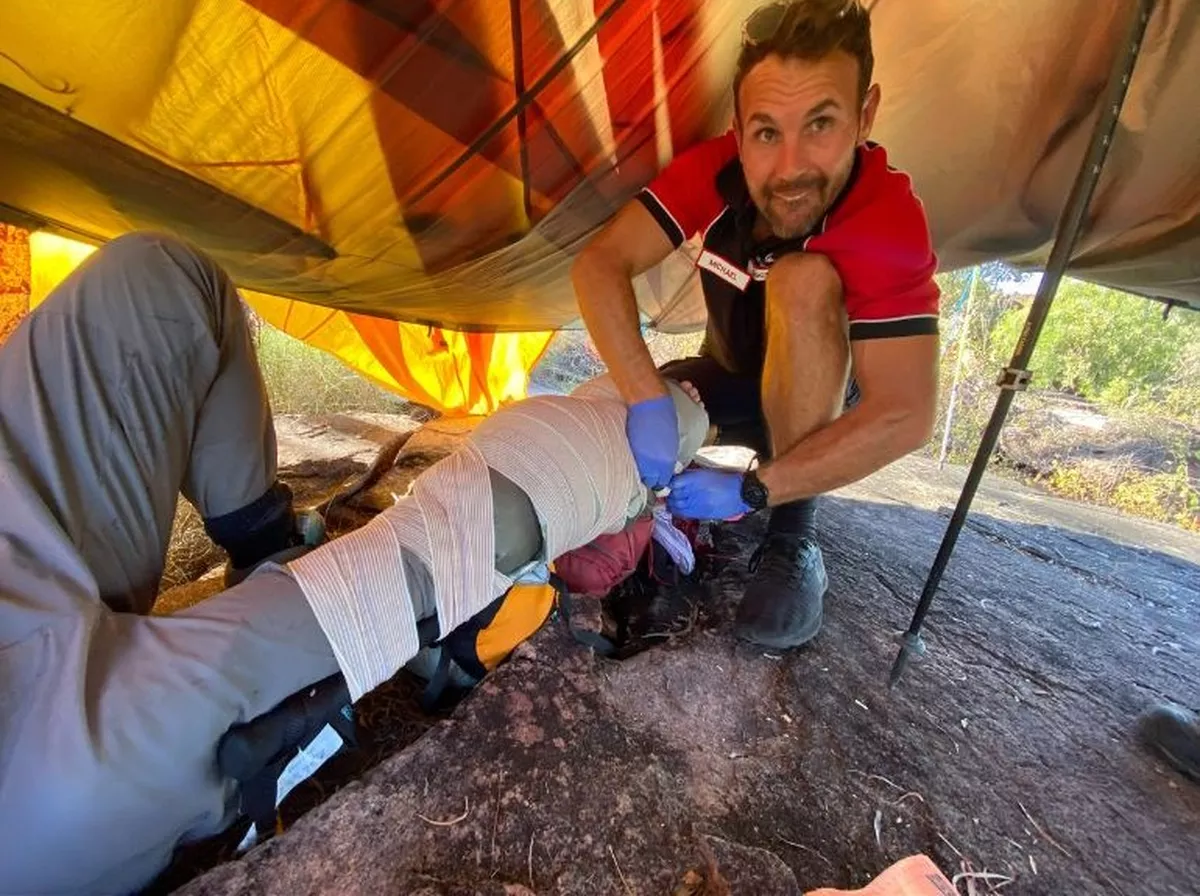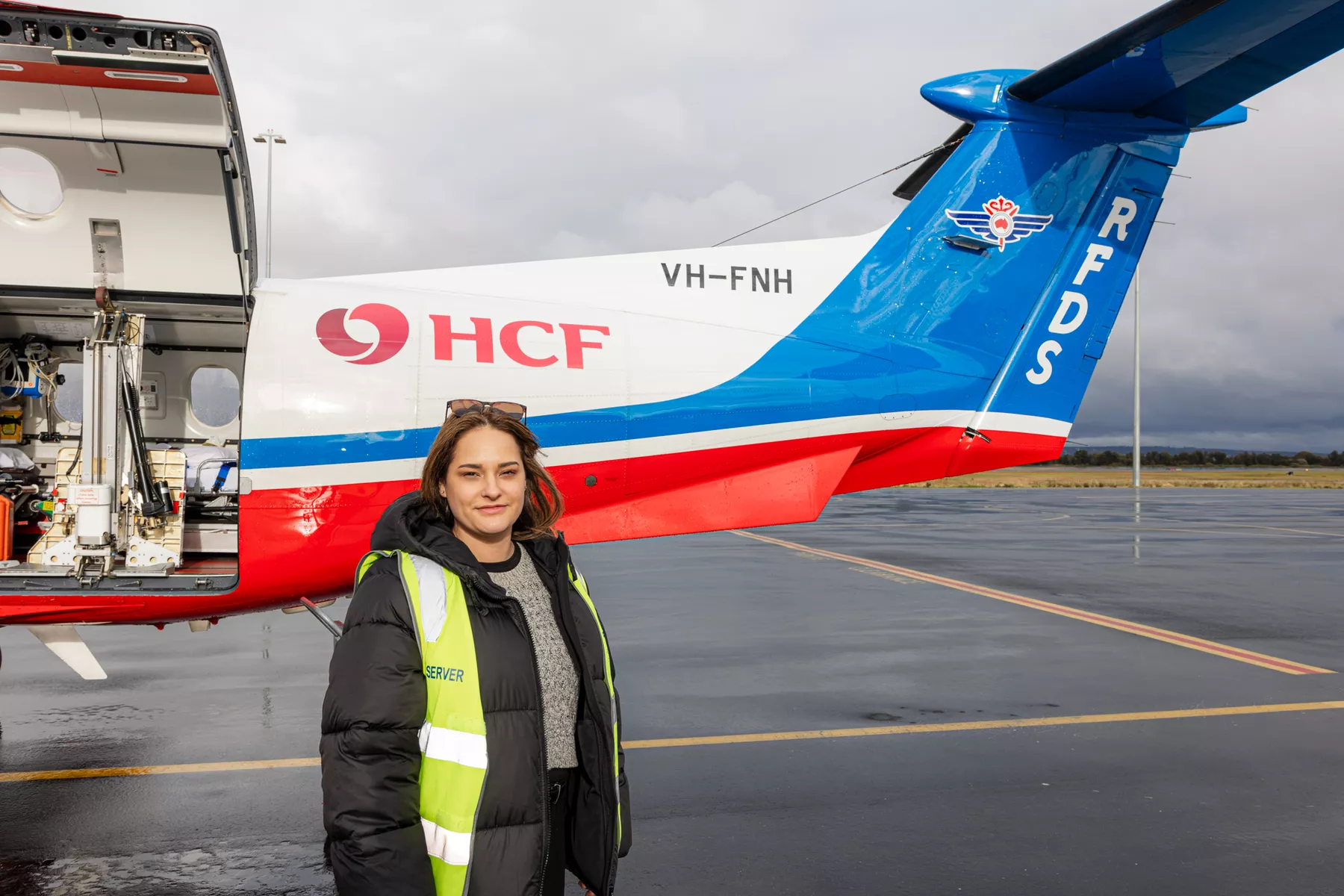Article supplied by RFDS.
After spending a decade as a dental hygienist in a previous life, Jessie Burling was given the chance to go back to her roots with the RFDS Oral Health team.
As part of the RFDS’s national partnership with HCF, employee Jessie Burling won the unique opportunity through an internal competition at the not-for-profit health fund, joining the RFDS Oral Health team during a clinic in the remote town of Andamooka in Far North SA.
For Jessie, the experience with the RFDS was not just a professional milestone – it was a deeply personal journey, blending her passion for dental health and volunteer work in remote areas, including communities as far afield as Nepal, with her commitment to improving healthcare access in underserved regions.
Photo: RFDS national partner HCF’s Jessie Burling.
A personal journey into the outback
Jessie’s adventure began with a flight from Adelaide to Olympic Dam, before a short drive to Andamooka, a small outback town, located in Far North South Australia around 600 km north of Adelaide.
This is the journey the RFDS Oral Health team have to make, along with more than 350 kilograms of dental gear, when delivering care to remote communities like this.
Upon arrival, Jessie found the RFDS team busy setting up over 3,000 pieces of dental equipment, preparing to deliver much-needed care to local residents. For Jessie, who worked for 10 years as a dental hygienist, this was a rare opportunity to see the stark contrast between her role at HCF’s Bondi Junction dental clinic and the challenges faced by the RFDS team in the outback.
“When you’re living this far away from a city and you end up with an abscess or an infection in a tooth, that’s something that, if we weren’t coming in, could turn quite life-threatening,” of the RFDS SA/NT Senior Dentist and Manager Oral Health Program, Dr Vaibhav Garg said.
“We’re really focusing on prevention. There are direct links between oral health and other serious conditions like diabetes, cardiac health, and kidney disease. All of these issues can be challenging to manage in remote areas like this. Delivering these clinics is about taking care of the person as a whole, and therefore the whole community.”

Photo: Dr Vaibhav Garg with a patient in Andamooka.
The heart of community care
During her visit, Jessie also spent time with RFDS Remote Area Nurse Jack King, a familiar and trusted presence in Andamooka.
“The community knows that I’m a resident here and that speaks volumes to them,” Jack said.
“We live in an isolated environment, and our aim is to manage patients’ care as effectively as possible before they require non-urgent or non-life-threatening evacuation.
“It’s a real joy for me to come to work knowing that I can assess patients, get them seen by a doctor, and ensure they receive the comprehensive care they need.
“If we didn’t have funding including private sponsorship, those essential elements of primary health and wellbeing would go unfulfilled here.
“All of that is made possible by RFDS and the support we receive from partners like HCF. It’s pretty special.”
Photo: Remote Area Nurse Jack King.
A partnership making a difference
In support of HCF’s social mission to build healthier communities, HCF’s $3 million commitment over three years will help fund the upkeep of RFDS aircraft and life-saving technologies, ensuring the delivery of crucial primary healthcare and mental health services to every corner of Australia. The collaboration between RFDS and HCF is a tangible example of how partnerships can bring about real change.
RFDS SA/NT Executive General Manager, Strategy, Brand & Reputation, Charlie Paterson, highlighted the value of this synergy between the two not-for-profit organisations.
“HCF is all about providing the human touch to its healthcare, and that’s what RFDS is about.”
Jessie’s experience exposed her to the real-life impact of the partnership at work.
“It was an incredible and jam-packed 24 hours with the Royal Flying Doctor Service, seeing how they deliver medical interventions and preventative care to people out in the bush,” Jessie said.
“HCF and the Royal Flying Doctor Service have joined forces, combining their expertise to enhance healthcare access across Australia. Our shared focus on heart health, dental care, mental health, and women’s health are areas where we can make a significant difference together.”

Photo: Andamooka is one of 14 remote communities where the RFDS Oral Health team visits regularly to deliver care.
Looking ahead
Jessie’s journey with the RFDS showcases the power of community and the difference that dedicated professionals and generous donors make every day.
“By doing what we do, day in and day out at HCF, we are part of an organisation that is bringing our human touch to healthcare,” Jessie said.
Through the support of donors and partners like HCF, the RFDS continues to be a lifeline for remote communities, ensuring that quality healthcare is accessible to all, no matter where they live.
Need an ASIC card – apply now


































